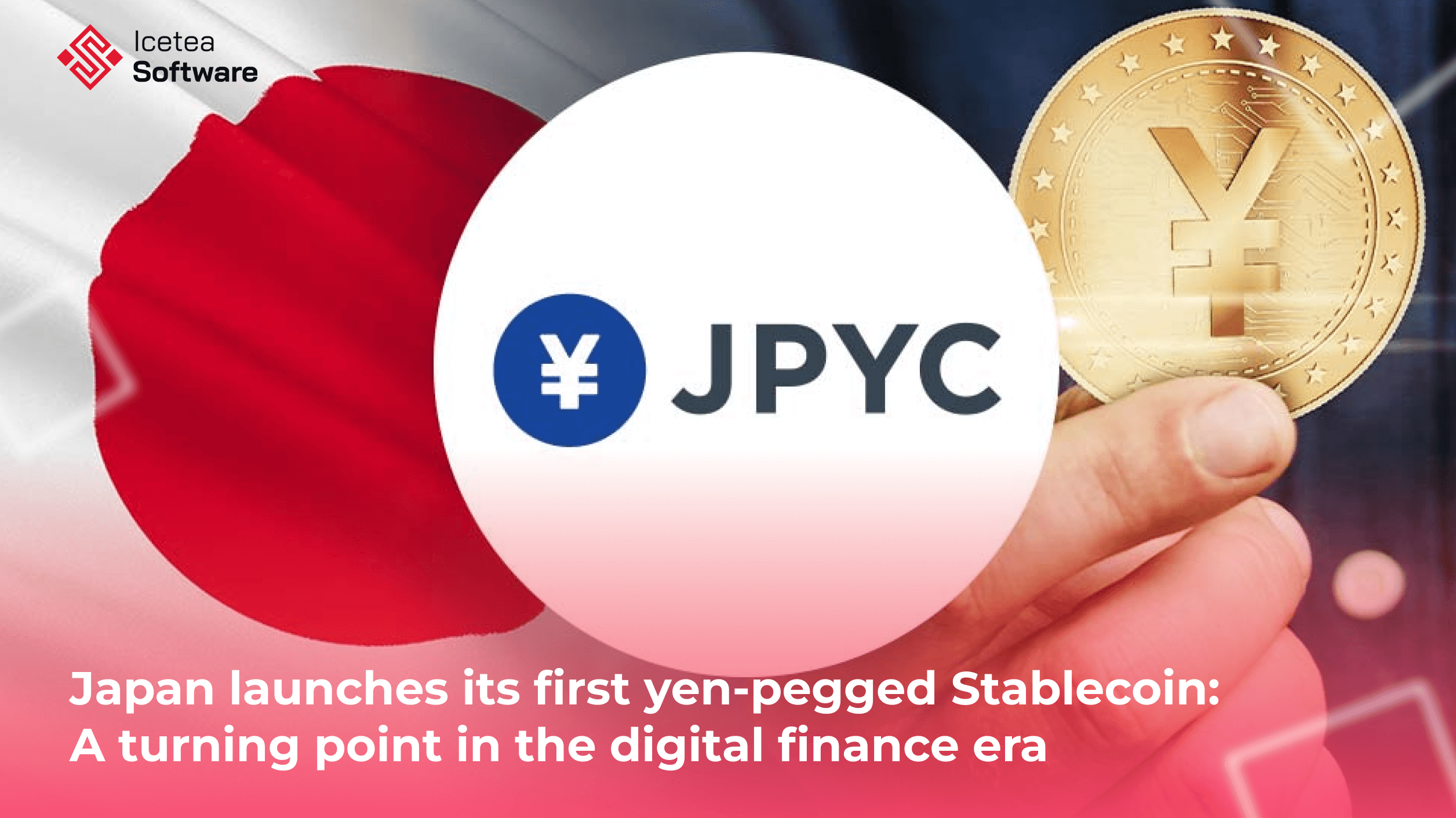Japan launches its first yen-pegged Stablecoin: A turning point in the digital finance era

After years of preparation and regulatory groundwork, the launch of JPYC marks a pivotal step in Japan’s effort to modernize its financial system and build a transparent, resilient digital economy.

Stablecoins – cryptocurrencies backed by real-world assets, in this case the yen – serve as a bridge between traditional finance (TradFi) and decentralized finance (DeFi). The introduction of JPYC not only reinforces Japan’s leadership in the digital currency space but also highlights how the country is taking a cautious yet determined approach toward the Web3 era.
A Clear Legal Framework as the Foundation of Trust
While many nations are still experimenting with or delaying stablecoin regulation, Japan has taken the opposite route: establishing the legal framework first before allowing companies to issue such digital assets. This “regulation-before-innovation” approach gives JPYC a solid legal foundation, reduces risks for users, and sets a precedent for other institutions looking to enter the sector.
The Bank of Japan (BoJ) and the Financial Services Agency (FSA) jointly require that any stablecoin issued in Japan must be fully backed by domestic assets, held in custody at local banks, and operate under a transparent transaction mechanism.
JPYC is pegged 1:1 to the Japanese yen and can be used for digital payments, e-commerce transactions, and DeFi applications within Japan’s legal boundaries.
Japan’s Financial Giants Join the Race
The launch of JPYC paves the way for Japan’s major financial institutions to follow suit. The country’s three largest banks: Mitsubishi UFJ, Sumitomo Mitsui, and Mizuho, have all announced plans to issue their own stablecoins aimed at cross-border payments, digital asset management, and smart banking services.
This shift reflects a fundamental change in how Japan’s traditional financial system views blockchain technology. Rather than treating it as a disruptive threat, the country’s leading banks now recognize it as a core infrastructure for future financial development.
More Than Just a Digital Currency: A Stepping Stone to CBDC and Web3
At the GZERO Summit Japan 2025, Bank of Japan Deputy Governor Ryozo Himino emphasized that stablecoins serve as a “real-world bridge” for evaluating the potential impact of a Central Bank Digital Currency (CBDC) before its full-scale rollout.

The introduction of JPYC, therefore, is not merely a commercial initiative but a nationwide experiment in developing the model for a future Digital Yen. By operating stablecoins in a regulated environment, Japan can collect real-world data to assess how blockchain can be integrated into both public and private financial systems. This approach, cautious yet forward-thinking, helps maintain financial stability while fostering innovation.
A Global Perspective on Digital Transformation
The debut of JPYC is not only significant for Japan but also reflects a broader global shift toward blockchain-based financial infrastructure, where trust, transparency, and real-time settlement are becoming the new standards.
The emergence of a yen-backed stablecoin represents far more than a technological trial. It is a strategic move in Japan’s digitalization of its financial ecosystem. In a society long defined by a strong preference for cash, this milestone underscores the country’s determination to embrace a cashless future rooted in trust, transparency, and the stability of its national currency.

From a technological standpoint, this moment signals that Web3 is moving beyond the experimental phase into real-world, nationwide applications. Blockchain is no longer limited to digital assets, it is being integrated into sectors such as securities, supply chains, insurance, healthcare, and public data governance.
Technology firms with strong blockchain foundations, including Icetea Software, are now serving as critical infrastructure partners for organizations and governments seeking to experiment with or scale Web3 applications in practice.
From this perspective, Japan’s launch of the first yen-pegged stablecoin is not just a milestone for the financial industry, but also a powerful signal that blockchain has become an essential component of the global digital economy, one where technology companies and financial institutions are jointly shaping the future.
Conclusion
Japan’s release of its first officially regulated stablecoin reaffirms a key lesson: innovation in finance does not depend on a race for new technologies, but on building trust, regulation, and infrastructure for the future.From here, the global stablecoin race may enter a new chapter—one defined not by promises or speculation, but by trust and real-world value.
About Icetea Software
Icetea Software is a Vietnam-based technology firm specializing in scalable, secure, and future-ready solutions in Web3, AI, and digital transformation. With operations in Vietnam and Korea, the company supports global enterprises and startups through end-to-end technology services, infrastructure development, and innovation consulting.
𝗜𝗰𝗲𝘁𝗲𝗮 𝗦𝗼𝗳𝘁𝘄𝗮𝗿𝗲 – Revolutionize Your Tech Journey!
Website: iceteasoftware.com
LinkedIn: linkedin.com/company/iceteasoftware
Facebook: Icetea Software
X: x.com/Icetea_software







